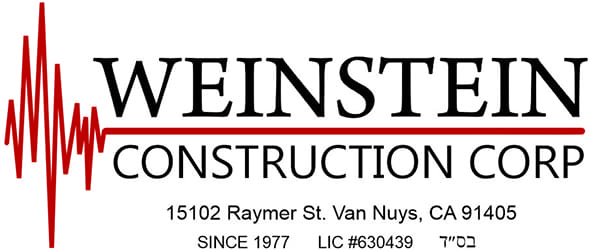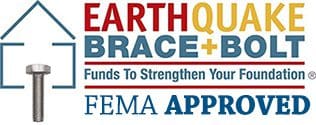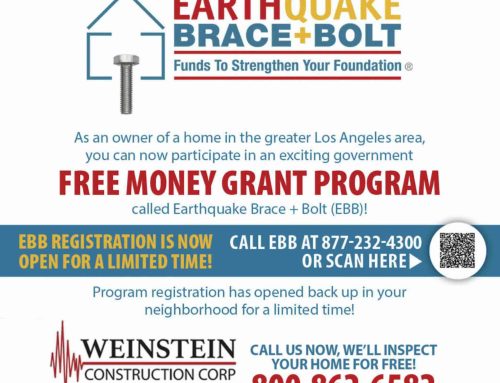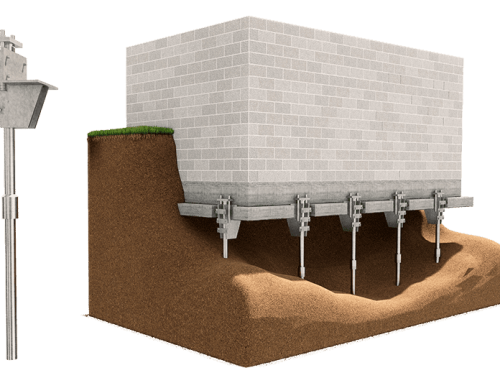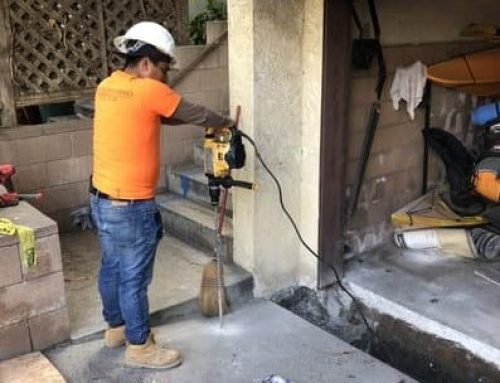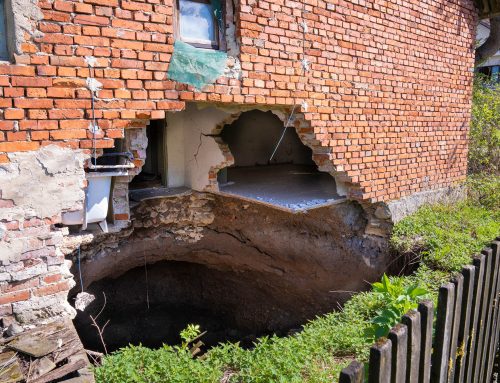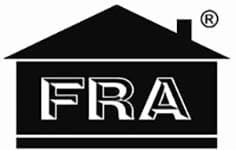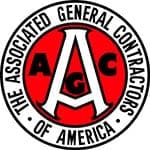When we wrap up in 2019, it’s important to start setting some actionable goals for the New Year— and if you own a home in Los Angeles, the earthquake planning should be at the top of your list.
There were some big shakers in Southern California in 2019. We had two earthquakes in the range of 6-7 magnitudes and hundreds in the range of 3-4 magnitudes. It’s not a matter of “Big One” hitting, it’s a matter of when.

Check out Weinstein Construction’s Earthquake Preparation Tips:
1 Know your risk: some parts of California have more earthquakes than others. Do some research and find out if you’re living near an active fault line. You should also inspect the area for seismic hazards such as steep hills that could become landslides, ocean fronts that could experience tsunamis, and old or poorly constructed nearby buildings that could be damaged or destroyed by a major earthquake.
2 Prepare an emergency kit and a disaster plan: California experiences about 19 earthquakes a day on average. Every Californian should have an earthquake kit in their home equipped with enough food, water and medication to last for every person and pet in their home for at least three days. The kit should include the following:
- Non-perishable food
- Water
- First aid
- Flashlights
- Camping supplies
- Batteries
- Blankets and necessary personal items (e.g. medicines, clothing, toiletries)
You should also have an evacuation plan and a disaster plan in place.
3 Retrofit your home: Many homes in Los Angeles and all over California need some kind of seismic refurbishment or seismic refurbishment to survive a major quake. Particularly if you live in a high-risk area, you should take the necessary steps to strengthen and renovate your house. This can be done by bolting your house to the foundation or by installing additional support beams as needed.
Inside your house, the earthquake is evidence of your furniture by securing large items such as book shelves and wall cabinets. This will reduce the risk of injury and protect your furniture from moving and falling during an intense earthquake.
4 Know what to do during the earthquake: it is important to avoid hazards such as falling debris and furniture during the earthquake. When there is a quake, stay away from any and all windows and furniture that might shatter and fall. You’ll want to avoid all places where objects have been stored overhead, and places like the kitchen and garage, because of items that have been stored in cabinets or shelving.
You’re going to take the cover and follow the steps below: Drop: get down on your hands and knees. This will help to maintain your health and protect your vital organs.
Cover: Find a secure place to shelter (under a large table or desk) and place your hands on the back of your head and neck. If there’s no shelter nearby, lean against a wall that isn’t near any windows.
Hold: If you are under a table or another form of shelter, hold on to one hand and cover your head and neck with the other.
5 Stay inside: during the earthquake, shelter is safer than running out in the middle of the shaking. You’re going to want to stay on your knees and elbows and cover the back of your neck until the shaking ends.
After the earthquake, you’ll want to test your gas lines to make sure there’s no leakage. When you smell gas, do not use an open flame until the gas company has tested the leak and said it’s safe.
To schedule a free inspection with Weinstein Construction, click here or call us at (888) 494-6152 A representative will review the details you provide and contact you to schedule your inspection.
